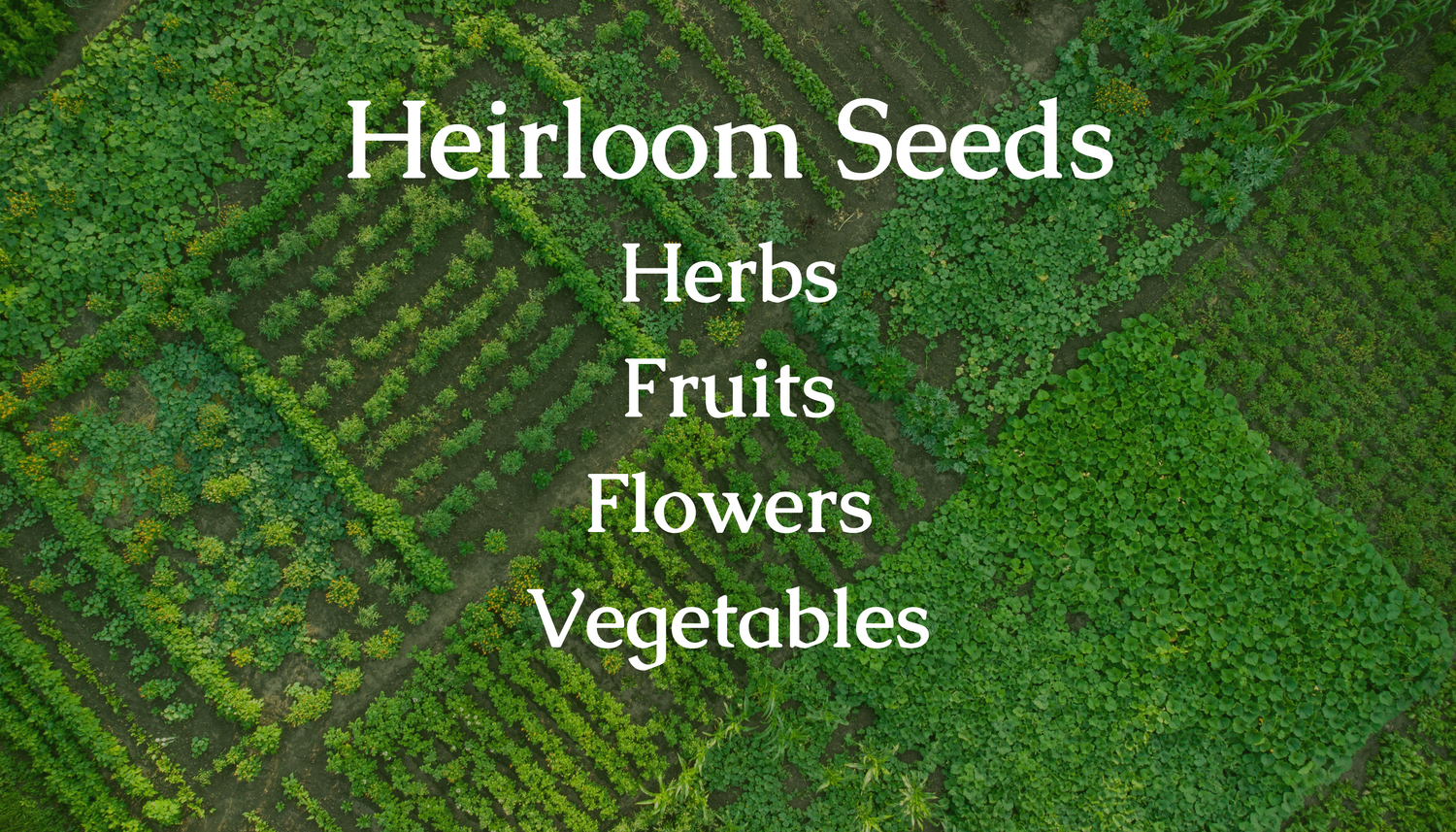What causes honey to crystallize?
Published June 25, 2025.
The crystallization of honey is based on the honey's sugar and moisture content. Honey with higher levels of glucose crystallizes faster because glucose has a lower solubility in water than fructose and doesn’t fully dissolve. Glucose rich honeys start to crystallize after harvesting as glucose separates from water. The crystallization can accelerate from moisture declining if the cap is left open, the temperature changes, or from storage in porous plastic containers.
Once crystals begin to form, they will continue throughout the jar. Raw untreated honey contains small particles of pollen, propolis, wax, yeasts, and crystals that can facilitate the formation of more crystals. Honey crystallization increases at temperatures between 50 to 59 degrees fahrenheit and will slow down at warmer temperatures.
As temperatures rise in the spring and summer, you will notice honey become more liquid. Honey that is heated or filtered can take much longer to crystallize due to the particle breakdown.
The sugar content of glucose and fructose in honey is impacted by the flowers that the bees pollinate.
Plants that lead to quick crystallization (glucose rich).
- Goldenrod
- Aster
- Clover
- Dandelion
- Sunflower
- Cotton
Plants that lead to slow crystallization (fructose rich).
- Acacia
- Tupelo
- Sage
- Eucalyptus
Crystallization can indicate that the honey is raw and high quality, but that doesn’t mean liquid honey is worse quality. To find local honey, you can use my free farm map that has over 6,500 local farms and markets across the country.

Grow Organic Food with My Heirloom Seeds
I carry over 170 varieties of heirloom seed packets that are open-pollinated, non-gmo, pesticide-free, and breed true to type.

Find Local Farms
Find farms near you using my map with over 6,500 local farms, ranches, markets, and stands across the country.
